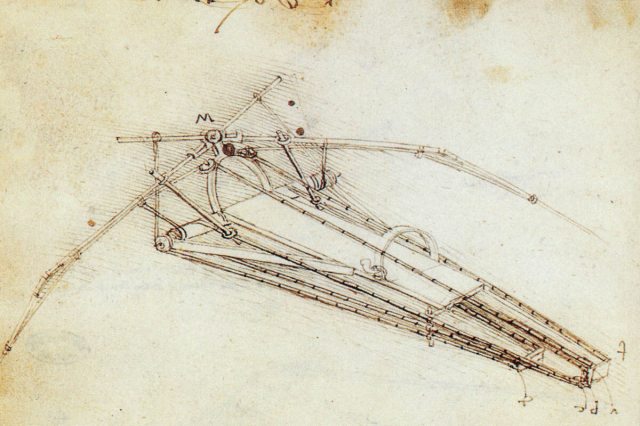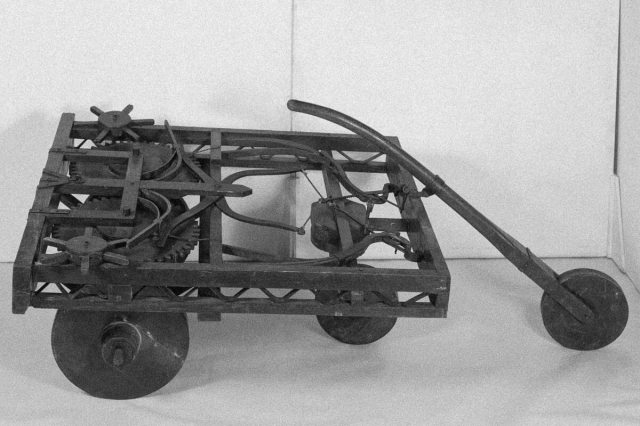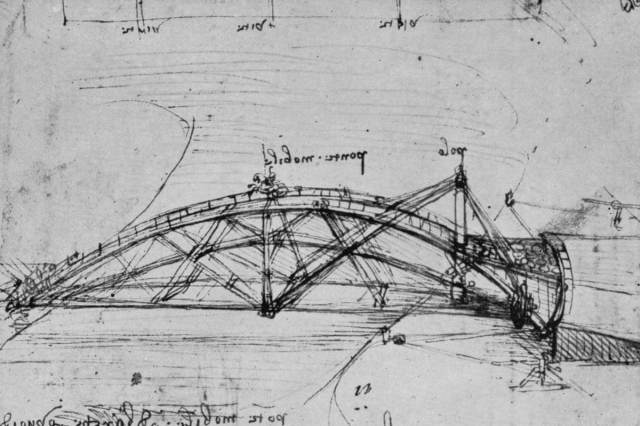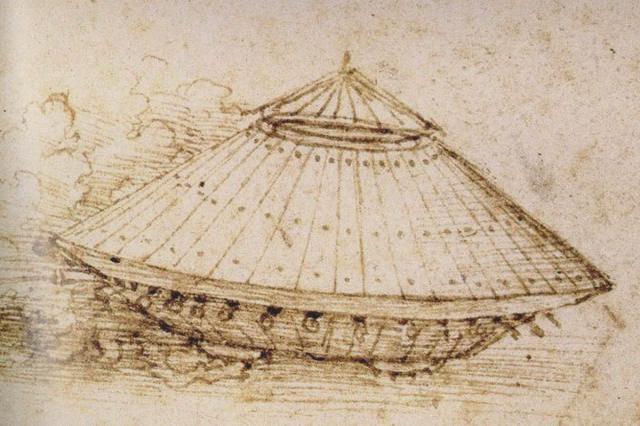What Did Leonardo da Vinci Invent?
In the history of humankind, there are few people who have rivaled the sheer genius of Leonardo da Vinci. The Italian polymath defined the High Renaissance period at the turn of the 16th century, when his fame grew primarily due to his paintings. His magnum opus, the “Mona Lisa,” which he painted between 1503 and 1506, ranks among the most famous paintings of all time, and no religious artwork has been more reproduced than his masterpiece “The Last Supper.”
But Leonardo was far more than a supremely talented artist. As an engineer, inventor, and student of seemingly everything, he left behind an incredible 5,000 pages of notes and drawings covering everything from human and animal anatomy to astronomy, botany, cartography, and more. His inventions, many of which were designed with military applications in mind, were truly visionary. Few of them were built during his lifetime or saw any practical use, but they were so far ahead of their time it’s almost as if Leonardo was seeing aspects of the modern world long before they came to fruition. Here are five of his greatest creations — designs that display the undeniable genius of the ultimate Renaissance man.

The Ornithopter: Leonardo da Vinci’s Flying Machine
Some 400 years before the Wright brothers took flight in the first successful motor-operated airplane, Leonardo da Vinci was already designing flying machines. He wasn’t the first to do this, but he was the most thorough and inventive. He studied the flight of birds and bats, which he used to inform the design of his ornithopter — a device that flies by flapping its winged appendages. Leonardo never built his design, but his ideas regarding flying machines, bird flight, and the nature of air itself were centuries ahead of their time. His studies, which consisted of more than 35,000 words and 500 sketches, included concepts such as the nature of stalling in flight, the relationship between a curved wing section and lift, and the concept of air as a fluid. Incredibly, he even came close to suggesting the force that Isaac Newton would later define as gravity. Leonardo’s fascination with flight also led him to design a primitive parachute and a device known as a “helical air screw,” which bears some similarities to a helicopter.

















